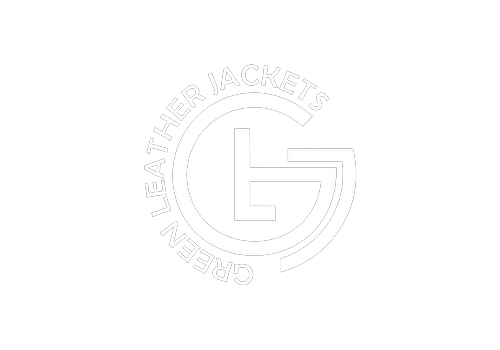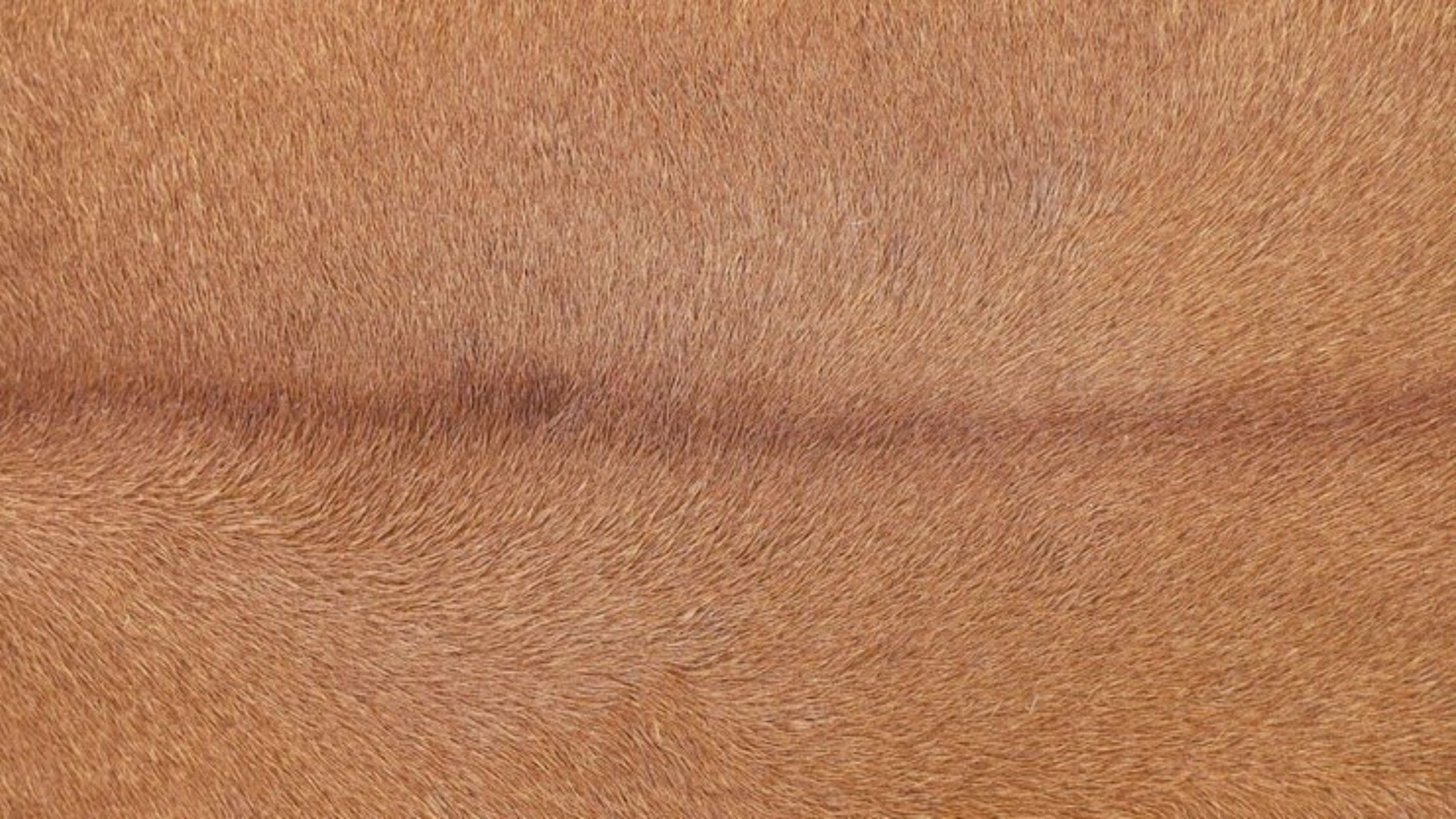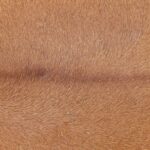The most popular kind of leather comes from cows. In actuality, “bovine” is the appropriate descriptor to use with anything pertaining to cattle. Due to its prevalence, this is the case. However, this does not imply that something is less valuable because it is commonplace.
Contrarily, bovine leather is superb in terms of appearance, texture, toughness, and comfort. Let’s look more closely at the natural qualities of bovine leather, as well as its benefits and drawbacks, and most significantly for every leather aficionado, how to take good care of it.
Why is Leather from Cows Used?
Therefore, leather made from steers is referred to as bovine leather. Any leather, or basically any product made from cow, is referred to as “bovine”.
What animals produce Bovine Leather?
Leather is typically processed using only the surface skin of the bull or cow. This leather typically comes from animals that are killed for food.
Skins from the slaughterhouse are kept by rawhide merchants before being sold to tanneries. Animal skin is transformed into the leather in tanneries by soaking in chemical treatments.
To keep the hide supple and less brittle, the conventional hair-on-hide tanning process is used in the tannery. The natural hues of the highest-quality bovine leathers, which vary depending on the breed of cattle, are typically retained.
Which Leather types are produced from Cowhide?
Only hair eliminated from the skin results in the finest bovine leather. The surface is untreated and hasn’t been altered to hide the skin’s flaws. Full Grain leather is what it is called. Full-grain leather is retained in its natural hue on the backs.
On the other hand, top-grain bovine leather is typically been treated with full pigment color and has been buffed. This is done to treat skin that has scars and other flaws from exposure to the environment.
Quality of bovine leather
Bovine leather is more resilient and will survive longer than more delicate leather from other animal skins, that much is clear.
When compared to leather from other animals, a product made of bovine leather will be less expensive. Of course, that assumes that the grades being compared are of a similar caliber, such as full grain from a bovine vs full grain from another animal. It’s hardly “exotic,” but depending on the grain and the tanning procedure, it can still be a typically high-quality product.
Examining the quality of the leather’s construction is more important when purchasing leather than simply learning the breed of animal it comes from.
The best hides are separated from those that cannot be fully used, such as those with wounds or damage to the skin, during the manufacturing of leather, and the pieces are likely sewn together in patchwork patterns. The patchwork pattern serves as your first clue that the leather is subpar. It is merely fragments bound together.
The grade of the leather cannot be guaranteed because the leather itself may be of different qualities.
Characteristics
Bovine leather is renowned for being incredibly strong and long-lasting. It also clearly feels hefty. This kind of leather is preferred for belts, straps, holsters, and other items because it has a particularly stiff or harsh feel. It is also the best material for boots or shoes designed for outdoor use.
Bovine leather skin has a distinctly gritty feel to it. The original hue of this leather is often maintained, depending on the breed of the animal. The grain pattern and product feel reveal some minor variations between cattle species.



